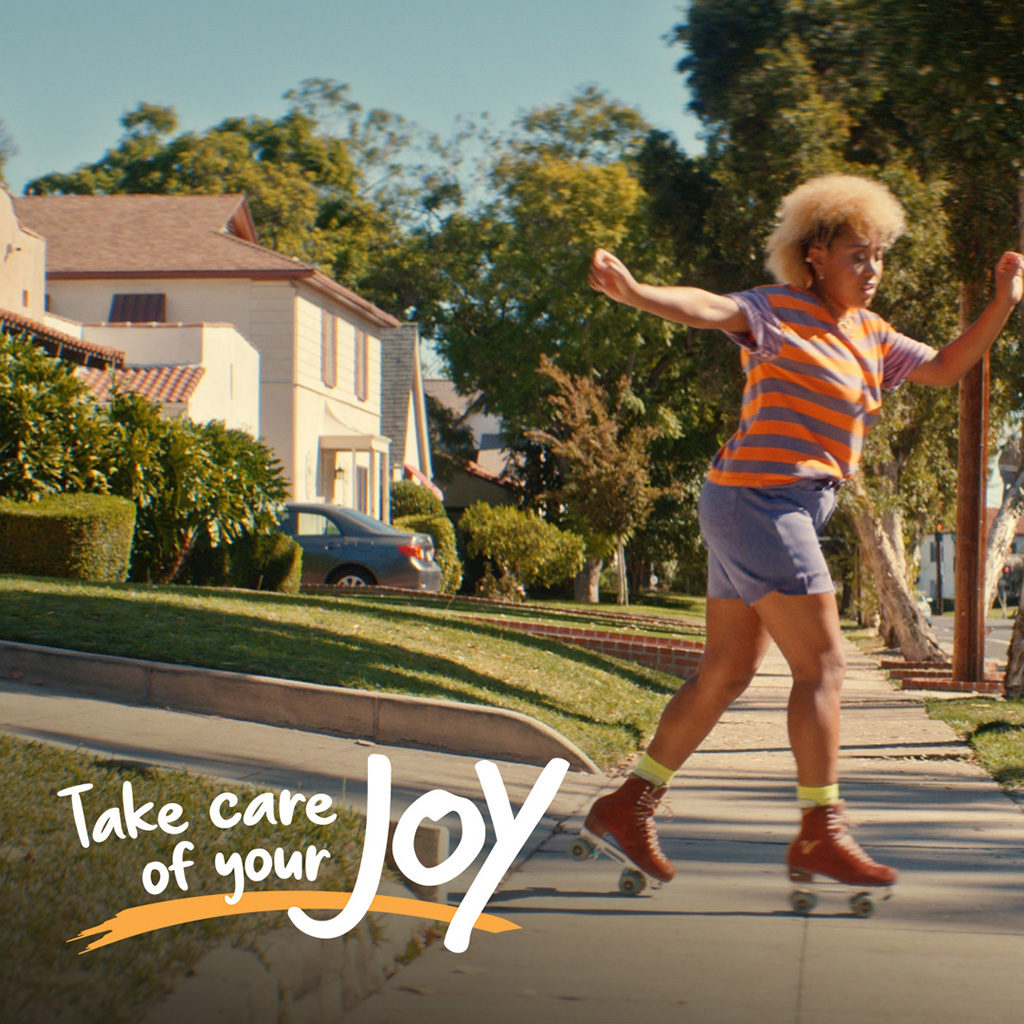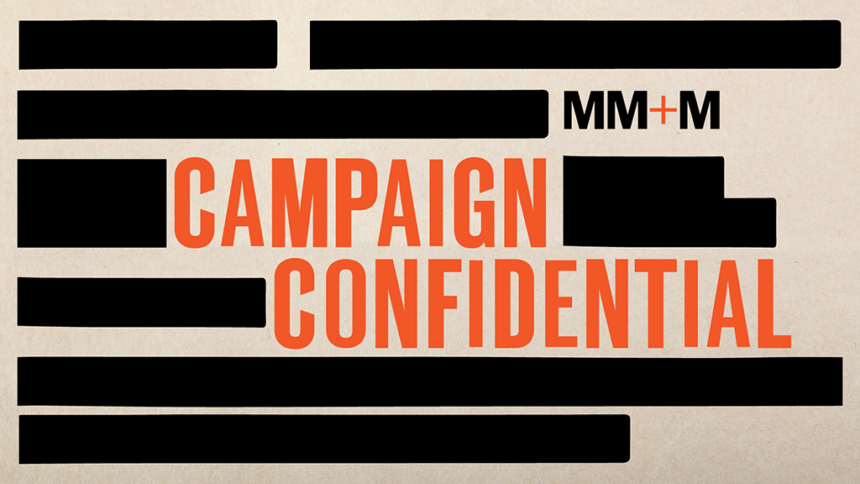Thanks to the American Rescue Plan of 2021, more people became eligible for federal assistance with health coverage than ever before — at a moment when the price of premiums dropped, no less. Getting this message out, however, required a broad messaging effort with a special focus on historically uninsured and underinsured populations.
“We were building on the success of the first ever special enrollment campaign which took place earlier in 2021 and which provided evidence of the demand for coverage,” says Beth Lynk, director of the office of communications and senior advisor to the administrator for external affairs at the Centers for Medicare and Medicaid Services.
The open enrollment campaign followed the broader multichannel approach of the earlier effort in 2021.
“At a high level we were really using many channels to reach people — TV, radio, print, digital, social and out of home, including in some cases videos in ethnic grocery stories,” Lynk continued, noting that the push also included local influencers.
Those influencers and other trusted community members were key to reaching communities that have historically been uninsured or underinsured.

“The barriers to access are not equal — so outreach should not be equal either,” Lynk explained. “It was an express goal to do outreach to underserved communities.”
To that end, CMS sought to create culturally competent messaging for Black and Latino communities. The messaging was delivered in eight different languages: Cantonese, English, Hindi, Korean, Mandarin, Spanish, Tagalog and Vietnamese.
While awareness and access remain significant obstacles to enrollment, Lynk believes that skepticism ranks nearly as high among some consumers.
“The biggest barrier is people thinking this is too good to be true,” she said. “The American Rescue Plan made coverage more affordable than it has ever been. We had to tell people, ‘This is real and this is high-quality coverage that will bring peace of mind to you and your family.’”
Lynk added that the campaign’s consumer testimonials were key in convincing people that the affordable health insurance plans were all they purported to be.
“We found that it was effective to lead with the focus on affordability, paired with the urgency around the deadline, and then allow people to tell their own stories through our testimonial series,” she explained. “We employed multiple channels to break through and to generate excitement, and then to motivate people to act.”
The numbers speak to the success of the campaign — not only the record 14.5 million enrollments overall, but leaps among some of the key target markets. Hispanic enrollment surged by 26%, while Black enrollment spiked by 35%.
Its success will shape future outreach efforts, including ones to underserved geographic and racial/ethnic groups.
“There are a lot of things that we are looking to apply not just during future open enrollments, but also as we look at other coverage challenges and opportunities coming up for the agency and the administration,” Lynk added.








